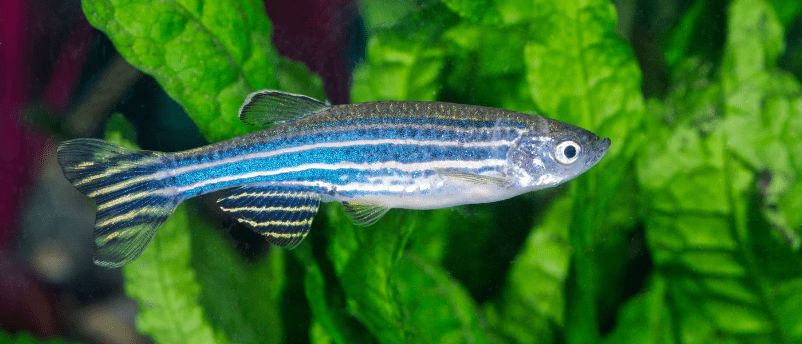Assembling the zebrafish genome with long-read sequencing

Although long-read sequencing has been used to resolve multiple vertebrate genomes, assembling a de novo genome is still challenging for most researchers. Here we outline our protocol for obtaining high molecular weight samples required for long-read assemblies and compare two commonly used assembler packages to reconstruct the zebrafish genome.
Our long-read assembly improved the resolution of the reference genome and identified novel sites of retrotransposon integration previously unreported in the current reference assembly.
The pipeline presented here can easily be modified and applied to assemble any vertebrate genome regardless of prior bioinformatics expertise.
What will you learn?
- The drawbacks of original assemblies made with shotgun and short-read sequencing
- How long-read (nanopore) sequencing can overcome previous assembly issue
- See a side-by-side comparison of several pipelines that can be used to assemble a new genome
- See examples of how to uncover novel differences presented by new assemblies
Who may this interest?
Anyone who has a molecular biology background and is interested in assembling a vertebrate genome.
Speaker

Dr. Yelena Chernyavskaya
Research Scientist
University of Kentucky Department of Molecular and Cellular Biochemistry
Yelena’s research has always centered around zebrafish. She received her PhD from Colorado State University (CO, USA) and went on to do a postdoc in New York at Mount Sinai Hospital (NY, USA) and NYU Abu Dhabi (UAE) where she studied how pathologies such as cancer and autoimmune disease could be driven by dysregulation of different epigenetic factors which activated latent retro-transposons within the cell. Currently, her work with (Dr.) Jessica Blackburn involves developing new zebrafish models and technologies for studying childhood cancers such as Acute Lymphoblastic Leukemia (ALL) and Diffuse Intrinsic Pontine Glioma (DIPG).
This webinar was recorded on Wednesday 27th April 2022
